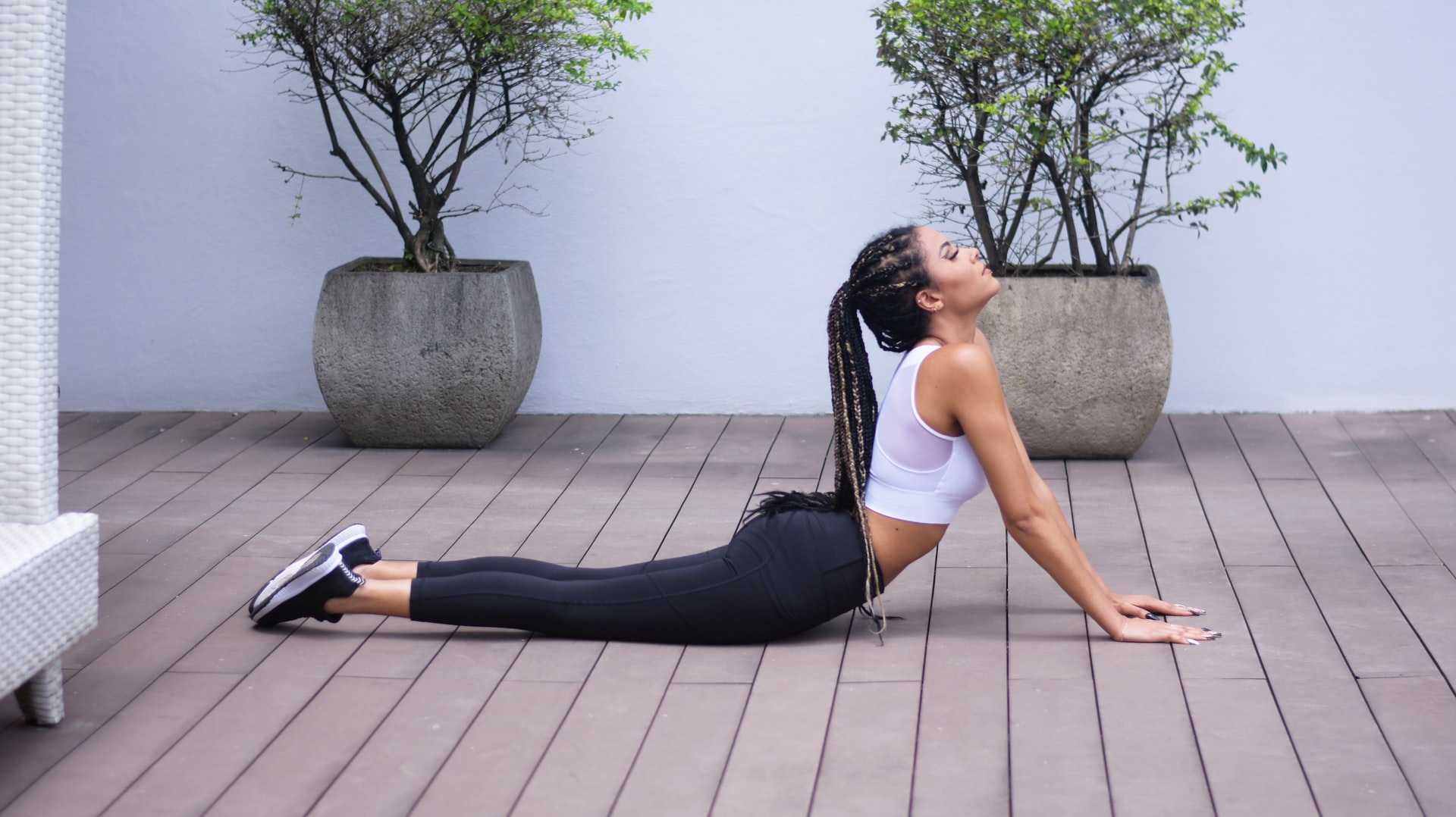This article discusses the different types of stretching the timing of each type.
There are three basic types of stretching: static stretching, ballistic stretching and dynamic stretching. Ballistic stretching pushes the limb into an extended range of motion when the muscle might not be relaxed enough to enter it like doing toe touches and bouncing at the end. Static stretching means a stretch is held in a challenging and mildly uncomfortable position for a period of time usually somewhere between 10 to 30 seconds. Dynamic stretching is a type of sports fitness routine like kung Fu or Tia Chi in which momentum and active muscular effort are used to stretch and the end position is not held.
Timing of stretching
Cold muscles and tendons are not as pliable as muscles that have had at least thirty minutes to establish blood flow and to rise up in temperature. A United States Military Academy has conducted studies and found cadets had better performance when dynamic stretching was performed at the beginning of workouts, and static stretching only after a cool down at the end. When static and ballistic stretching is done before weight training it has been shown to increase the risk of muscle strains during power strokes of lifting. Static stretching even seemed to negate the positive performance boost of dynamic warmups.
Dynamic stretching has the least risk of injury
In a exercise specific setting dynamic stretching is necessary to prevent injury while doing exercise routines. Toe walks and ankle circles, are an example of dynamic stretching that reduces shin splints and ankle sprains. Snap kicks and leg lifts, develop hamstrings and lower back flexibility while hydrating these tissues as well. Dynamic stretching can also include deceleration and accelerations to correct faulty patterns of walking and balance.
Dynamic stretching develops stability and mobility
Most people generally have enough flexibly to live comfortably day to day. Dynamic stretching also has a cardiovascular element when they’re done consistently enough. This is the reason why performing Martial Arts say for many years will give individuals great balance and good muscle and tendon health. It can be crucial for older individuals who are looking to maintain their overall mobility for as long as possible.
Conclusion
Dynamic, ballistic and static stretching can all have their place. Research has firmly established that static and ballistic exercises should only be performed at the end of a exercise, while dynamic stretching and dynamic exercises seem to be superior for muscle, ligament and tendon health, which helps reduce injury.
Related Articles
Content contributed by Julanne Tutty. LMT – Salem, MA – Contact Info
